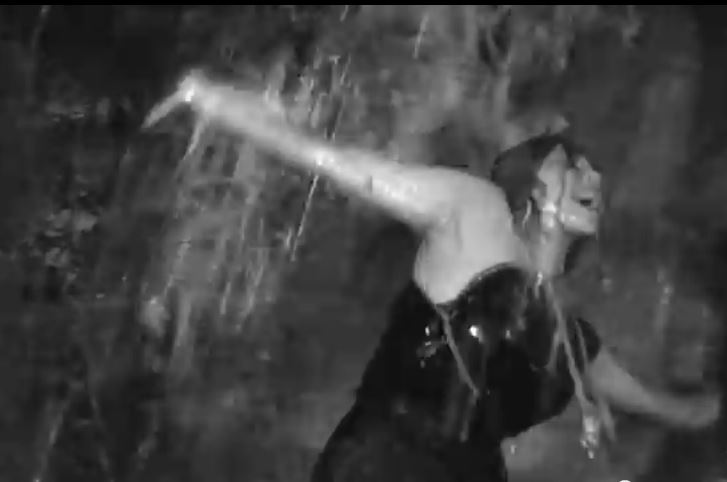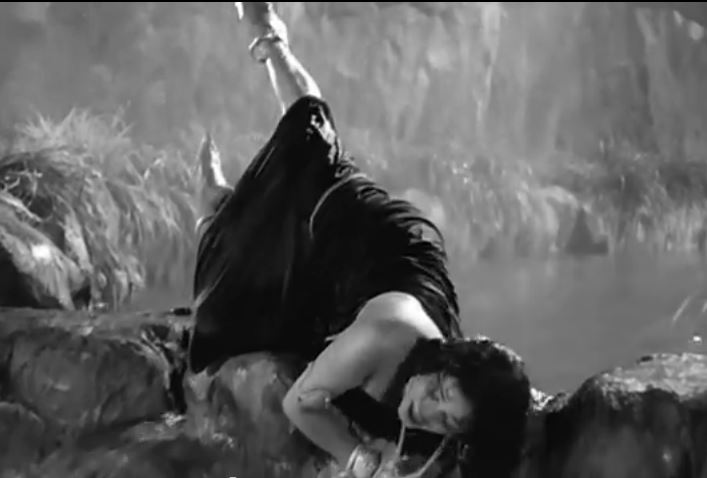Dacoit films in Hindi-Urdu
This is a collection of articles archived for the excellence of their content. Readers will be able to edit existing articles and post new articles directly |
Jis Desh Mein Ganga Behti Hai (1960)
Jis Desh Mein Ganga Behti Hai (1960, Raj Kapoor) was the first full-length film about dacoits in Hindi-Urdu, and perhaps the first in any Indian language. Far from being an action film in the 'western' (or any other) tradition, it was a humorous big-budget entertainer set within a dacoits' camp. Of course, there was the mandatory police chase at the end. For gravitas, officially it had a noble theme to mask all the cheesecake, bathing beauties under waterfalls and buffoonery. This was 'aa ab laut chalein' (come, let us return). The slogan was an appeal to dacoits to return to the mainstream of society. Jis Desh was the fifth biggest hit of the year and triggered off the 'dacoit film' trend.
Mother India (1957)
Jis Desh Mein Ganga Behti Hai was, by no means, the first dacoit film. It was only the first full-length dacoit film. In Mother India one of the film's three leading men, the never-do-well Birju, becomes a dacoit. The section of the film about his banditry is low key and consists of skirmishes by a small gang of rural armed thieves--the kind that have plagued central India since the days of the British Raj.
There is nothing dramatic about the dacoit sequences of Mother India, the way the grand Hollywood (and, later, Italian) westerns were. Nor is the treatment panoramic, with chases across a wide landscape. The bandits come, rob hapless villagers and go away. Many films before Jis Desh Mein Ganga Behti Hai had scenes showing dacoits. These films, especially Mother India, which had set new box office records--and not some Hollywood film--paved the way for Jis Desh Mein Ganga Behti Hai, which created India's dacoit genre.
Gunga Jumna (1961)
The second dacoit film had an even bigger budget and went on to become the no.1 hit of its year. Gunga Jumna (1961, Nitin Bose), too, presumed to have a sociological undercurrent. In a Filmistani way it sought to explain why people became dacoits. Except for the final sequence in which good prevails over evil, it was a powerful emotional drama about two brothers who love each other but find themselves on opposite ends of the law.

